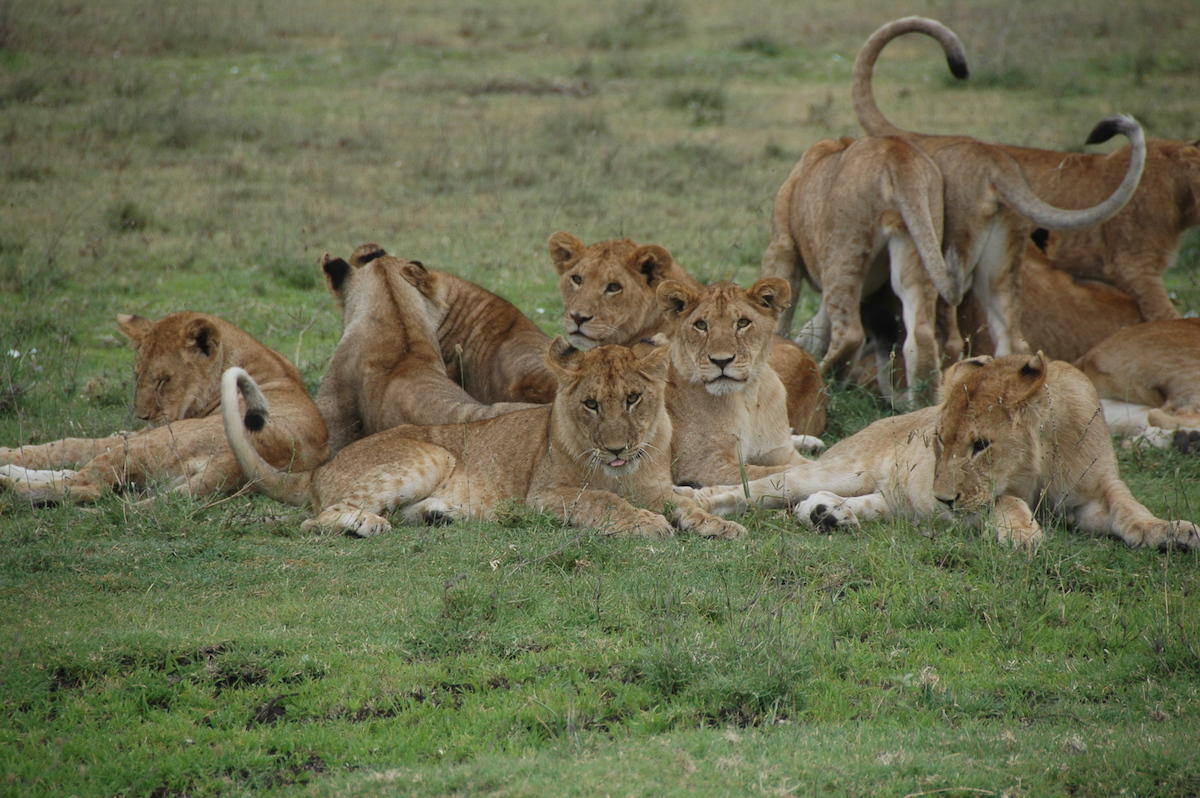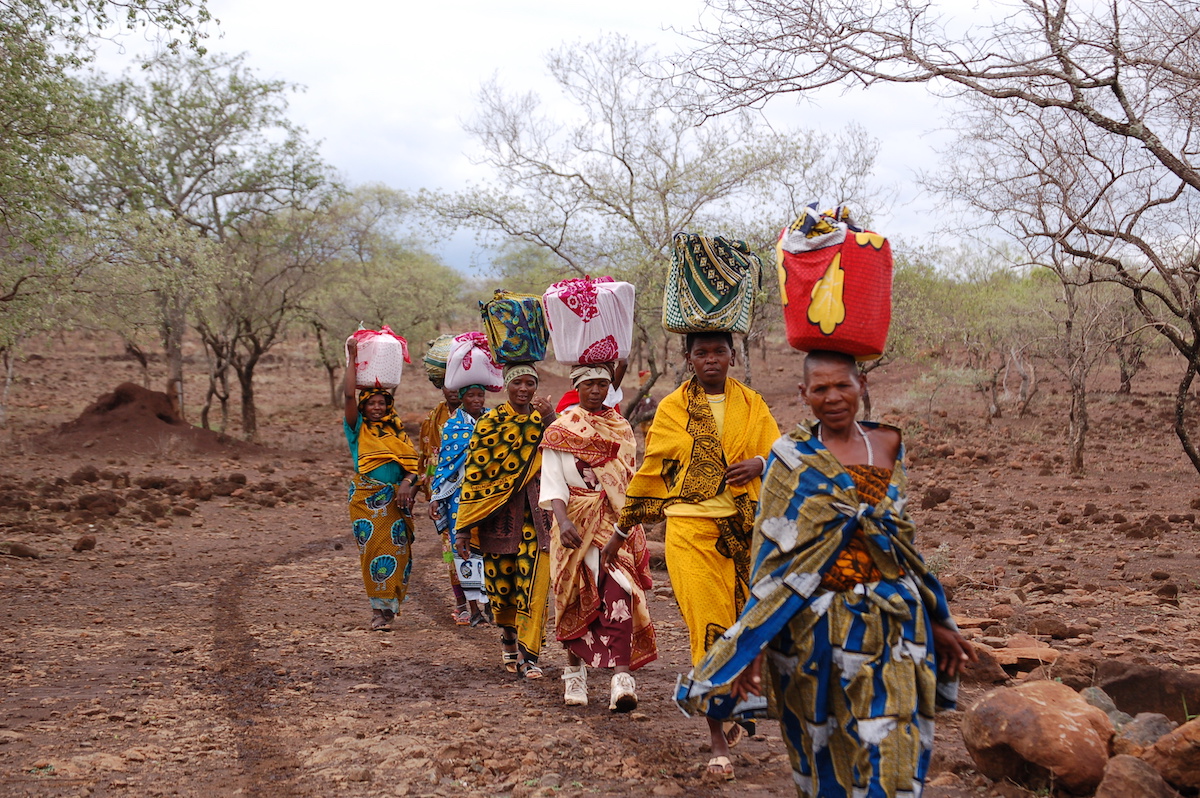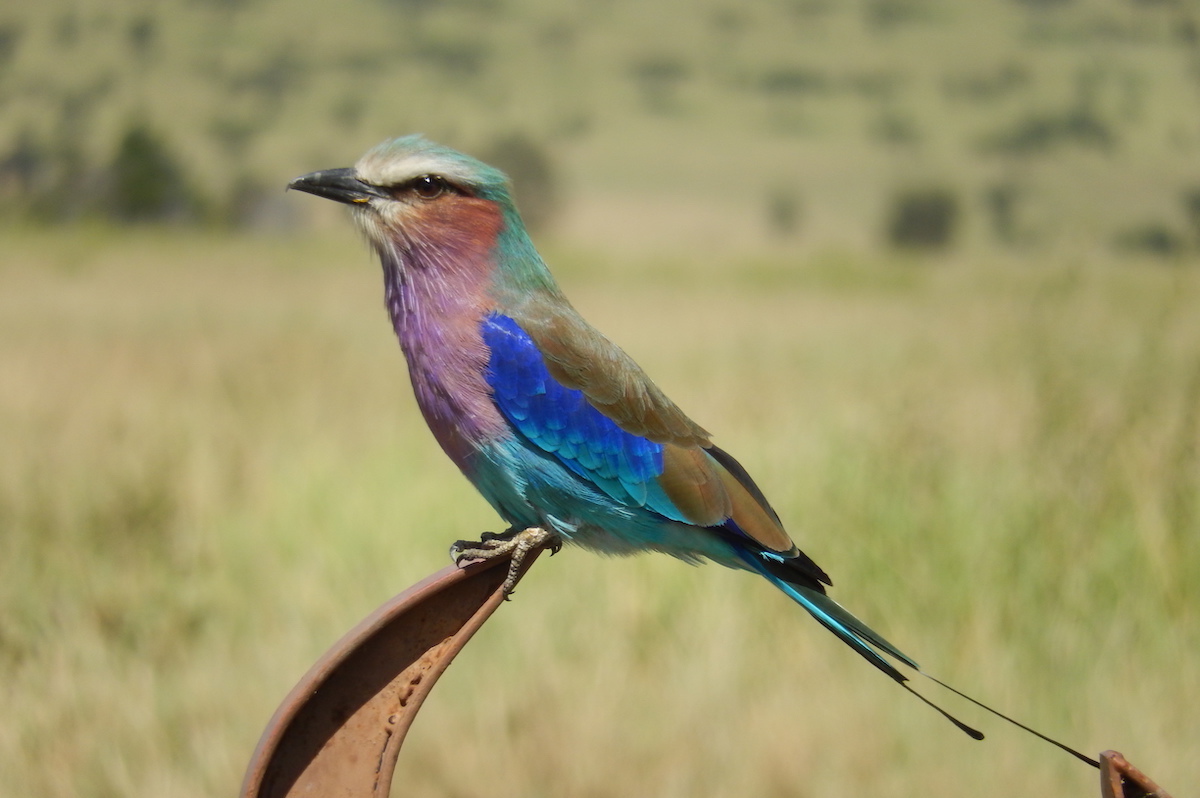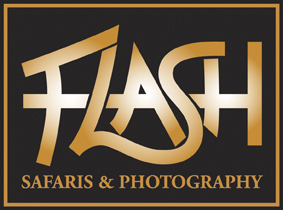Tanzania – The Top Safari Destination
The ‘Northern Circuit’ is the home of the Kilimanjaro, the highest volcano on the planet measuring 5,895 meters. Surrounded by beautiful rainforest, it is worth touring the volcano! You will also discover the colourful life of the Serengeti as well as Lake Manyara National Park, Arusha National Park and Tarangire National Park.
The Ngorongoro Crater, often nicknamed the Africans Eden, offers the spectacular opportunity to observe the life and survival of the wildlife of Tanzania. The Olduvai Gorge is also worth a visit where the remains have been found of human like creatures which have been estimated to be 2 million years old!
The Southern Circuit is the hidden treasure of Tanzania’s authentic Africa. The national parks and wildlife reserves are enormous with a higher concentration of wildlife then anywhere else on the African continent. Not to be missed is the Selous Game Reserve which spans over 50.000 square meters and offers spectacular sights throughout. Ruaha National Park gives you the opportunity to observe the many different wild animals that live in and around the River Ruaha. This river is the sole life source of the area, responsible for the life of all animals and plants.

Gombe Stream is the smallest National Park in Tanzania however it is very special due to the large groups of jolly Chimpanzees who will happily entertain any visitors.
But there is more to discover! A visit to the local population will complete your Safari when you can see for yourself how they live, what their houses look like and what their habits and traditions are.



Frequently Asked Questions
What is the best time of year to visit?
You can visit Tanzania throughout the year. The rainy season is from the end of March until the end of May. During the rainy season some roads are not accessible. Please let us know when you are planning your trip and we will let you know which parks/areas to visit at that time of the year.
I would like to meet the local people or make a cultural tour, what do you offer?
We offer cultural tours to different tribes like the Bushmen (Hadzabe), Datoga Tribe, Maasai… These can be daytrips however, if you like we can arrange an overnight stay with the Barbaig tribe for example.
Can you pick me up from Kilimanjaro, Arusha airport or shuttle bus terminal?
Yes, no problem, as soon as we receive your travel itinerary, we will arrange this for you.
Can I leave luggage behind whilst on safari?
Yes, you can leave some of your luggage at the hotel or at our office whilst you are on safari.
What do I bring on safari?
– Shorts and T-shirts for the day
– A pair of good walking boots if planning any walking safaris
– A wide brimmed hat to shade you from the sun
– Plenty of high factor sun cream
– A good pair of binoculars
– Long trousers and long sleeved shirt for the evening as protection from mosquitoes for the men and similar for the ladies.
– A fleece for the early morning and evening game drives as it tends to get a bit chilly
– Plenty of film or memory for your camera and a battery charger.
– A small first aid kit.
– A light weight waterproof jacket in case of a sudden shower
– Swimming costumes
– A book on East African Birds and Wild life to allow you to identify what you see on safari and from your lodge.
– Good pair of sun glasses as you are on the equator where the sun is very powerful.
– A pair of trainers.
– A pack of wet wipes.
– A small mag-light or torch.(flashlight)
– A small blow-up cushion
– A small supply of sweets/pens/pencils are handy for children or staff. The gesture is always appreciated.
What do I bring on a trekking trip?
Essential Items
– Duffel bag – large enough for all climbing gear and clothing. To be carried by the porters. An extra bag to be left at the hotel with extra gear
– Small luggage lock – to lock zippers
– Day backpack – between 20 – 35 liters. Large enough to carry your water, camera, raincoat, lunch pack, snacks & warm clothing
– Water bottle / containers
– High Altitude Gear
– Waterproof, breathable & windproof jacket
– Windproof pants Polar fleece (middle layer)
– Thermal underwear (under layers)
– Mittens or warm gloves
– Glove liners (if necessary)
– One pair thermal socks
– Balaclava
– Gaiters
– Hiking pants
– Regular underwear
– T-shirts
– Raincoat or Poncho
– Water resistant semi-stiff hiking boots – mid weight boots work great
– Shoes for overnight camps – i.e. sneakers, running shoes, etc.
– Socks – several pairs for the climb.
– Liner socks – to keep your feet dry and limit the risk of blisters
Equipment
– Sun hat or similar (with a brim)
– Collapsible ski stick (optional but highly recommended)
– Water bottles – two or three (total capacity at least 6 litres)
– Head lamp, good strong one with spare batteries and an extra light bulb
– Water purification tablets or liquid
– Sunglasses, good quality dark lenses for the climb, with a securing strap
– Flashlight (torch) with spare batteries
Personal Items
– Toilet kit (soap, tooth brush, toilet articles, wet wipes, etc.).
– Towel
– Sun screen and lip protection, SPF 30+
– Ziploc bags, to protect camera, binoculars, etc. from dust
– Money belt for passport and valuables
– Medical and First Aid Supplies
– Headaches
– Altitude Sickness Medicine – Diamox
– Diarrhoea – Imodium
– Nausea – Valiod
– Malaria – Prophylaxis
– Abrasions blisters and cuts – Plaster, bandages
– Antiseptic cream – Betadine
Optional Items
– Camera, extra lenses and film
– Binoculars
– Notebook & pencil
– Plastic bags to keep clothing dry (masking tape)
– Energy snacks and sweets
– Video camera, tapes, battery packs and tri-pod
What is the best time to climb Kilimanjaro, Mount Meru or trekking in Ngorongoro Highlands?
Mount Kilimanjaro and Mount Meru can be climbed all year around as well as Ngorongoro Crater Highland but you should always bring your rain clothes with you!
Tips For Tanzania
We follow the guidelines of the Tanzanian Tourist board and they recommend 20 USD per day per car. For climbing trips, there are other guidelines which we will send to you with your itinerary. For local guides of cultural tours or anything else, it depends on your appreciation.
